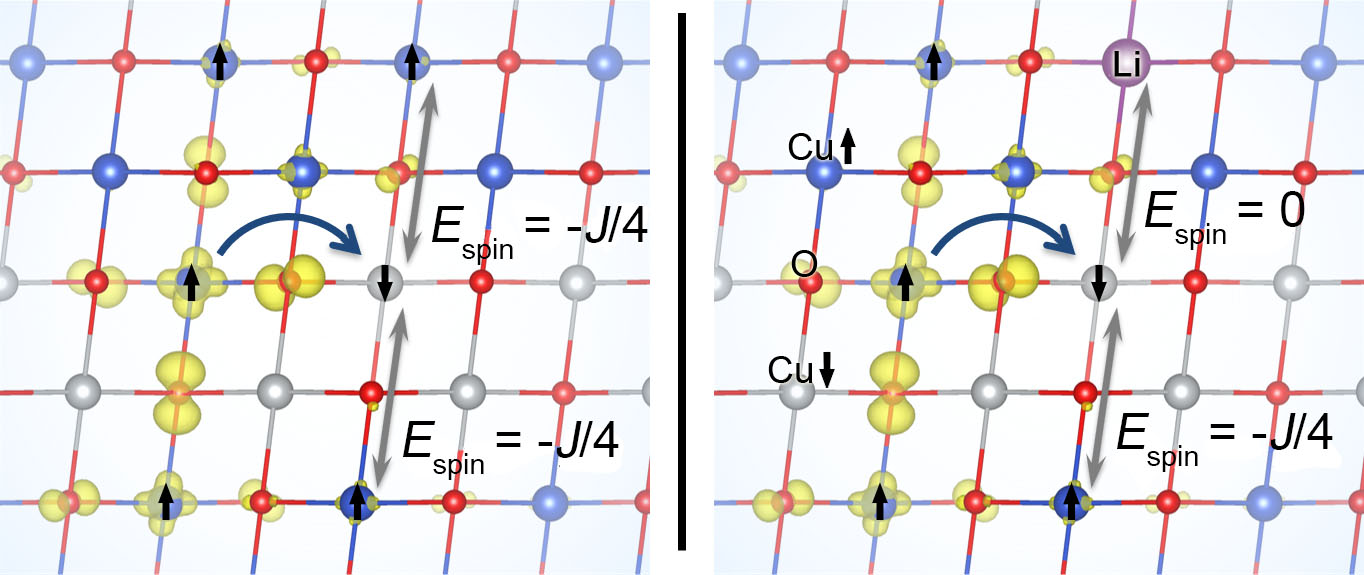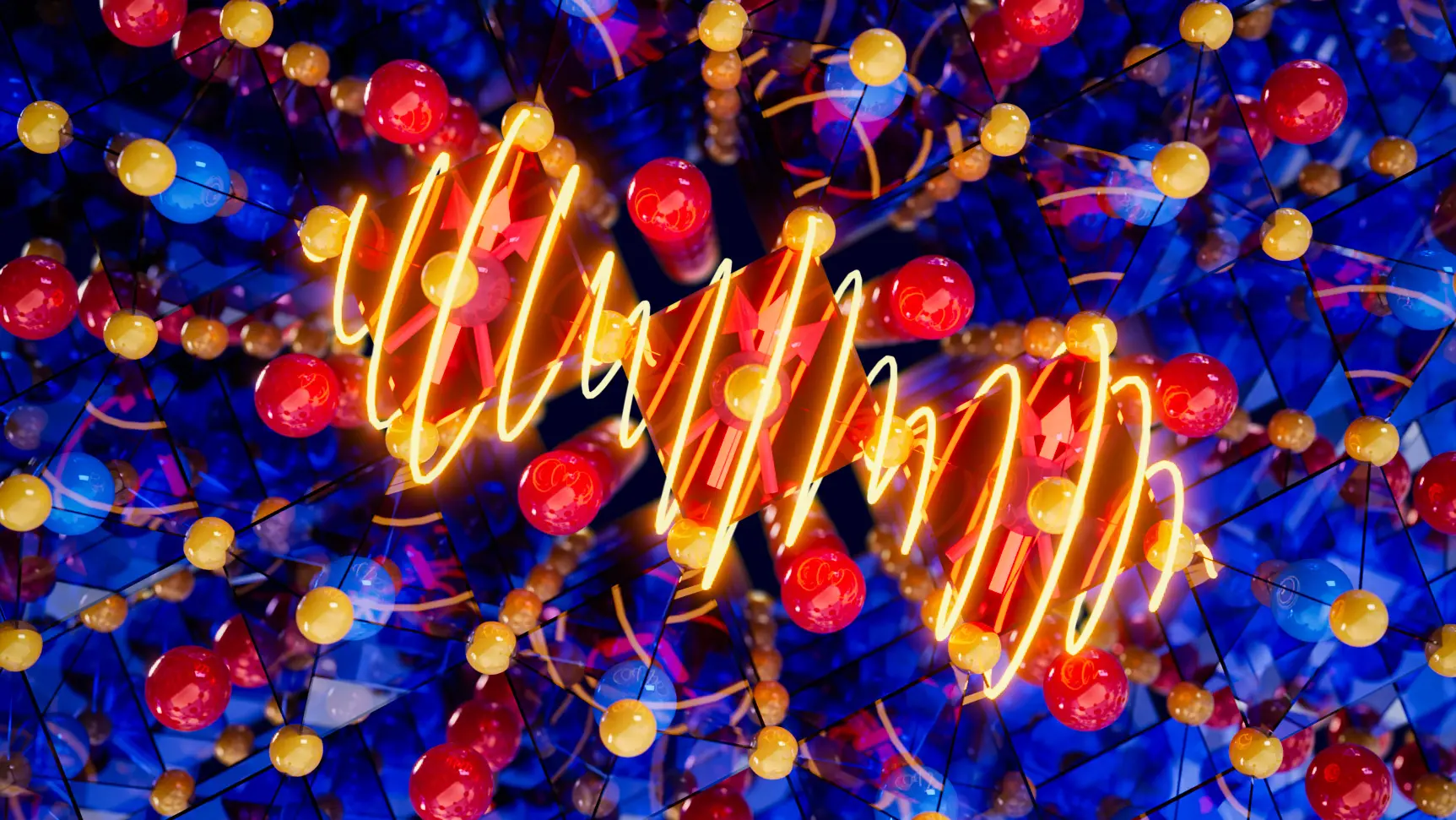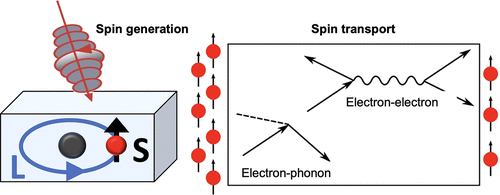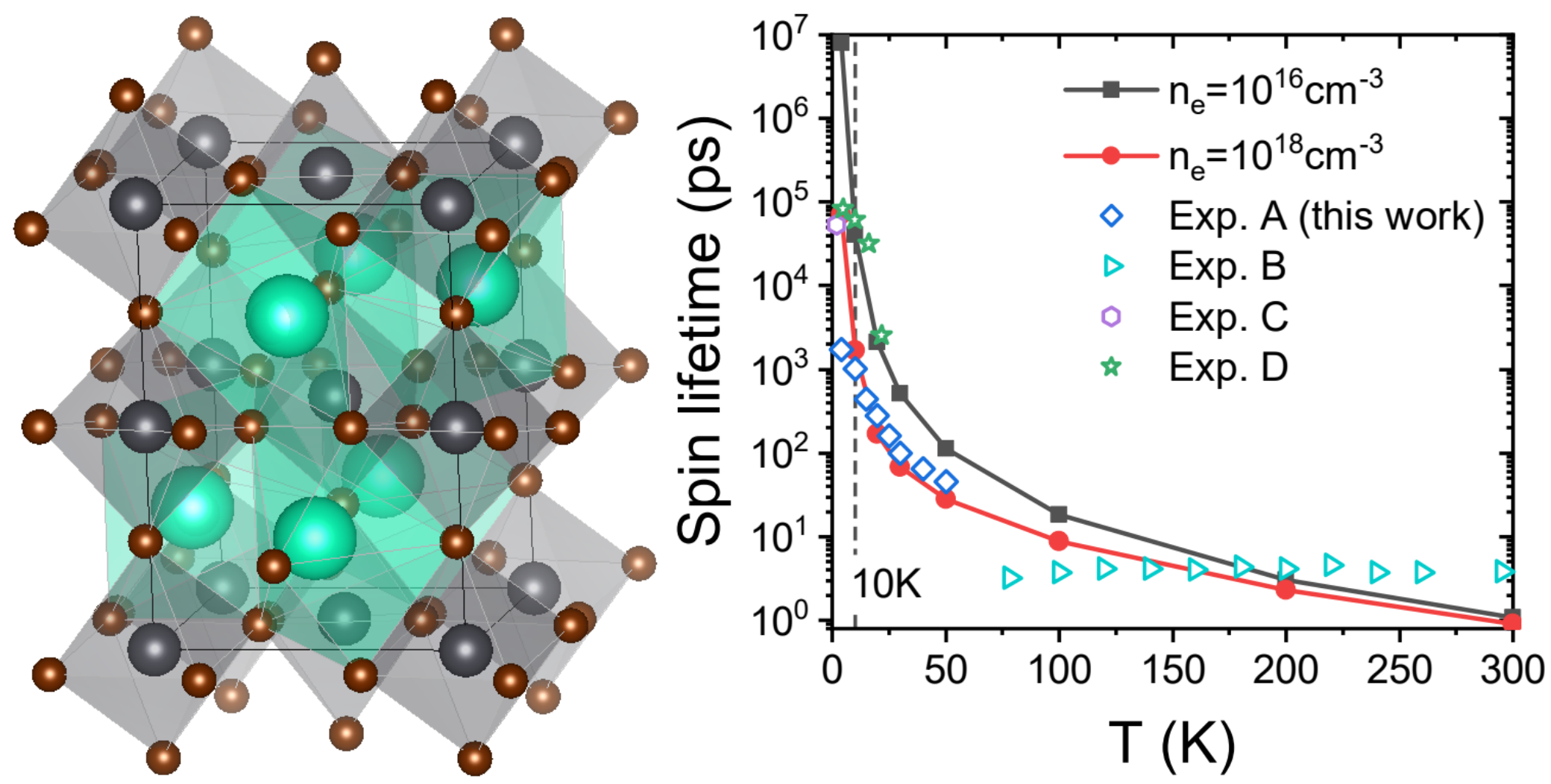Our recent work on “Mechanistic insights of enhanced spin polaron conduction in CuO through atomic doping” has been accepted in npj Computational Materials! Congratulations to Tyler, Feng, and Prof. Ping!
The formation of a “spin polaron” (SP) stems from strong spin-charge-lattice interactions in magnetic oxides, which leads to a localization of carriers accompanied by local magnetic polarization and lattice distortion. For example, cupric oxide (CuO), which is a promising photocathode material and shares important similarities with high TC superconductors, conducts holes through SP hopping with flipped spins at Cu atoms where an SP has formed. The formation of these SPs results in an activated hopping conduction process where the carriers must not only overcome strong electron−phonon coupling but also strong magnetic coupling. Collectively, these effects cause low carrier conduction in CuO and hinder its applications. To overcome this fundamental limitation, we demonstrate from first-principles calculations how doping can improve hopping conduction through a simultaneous improvement on hole concentration and hopping mobility in magnetic oxides such as CuO. Specifically, using Li doping as an example, we show that Li has a low ionization energy that improves hole concentration, and lowers the hopping barrier through reducing both the electron−phonon and magnetic couplings that improves hopping mobility. Finally, this improved conduction from theoretical prediction is validated through the synthesis of Li-doped CuO electrodes which show enhanced photocurrent compared to pristine CuO electrodes. We conclude that doping with nonmagnetic shallow impurities is an effective strategy to improve hopping conductivities in magnetic oxides.
Tyler J. Smart, Allison Cardiel, Feng Wu, Kyoung-Shin Choi and Yuan Ping, npj Computational Materials, DOI : 10.1038/s41524-018-0118-3, (2018). Link to full article here.





